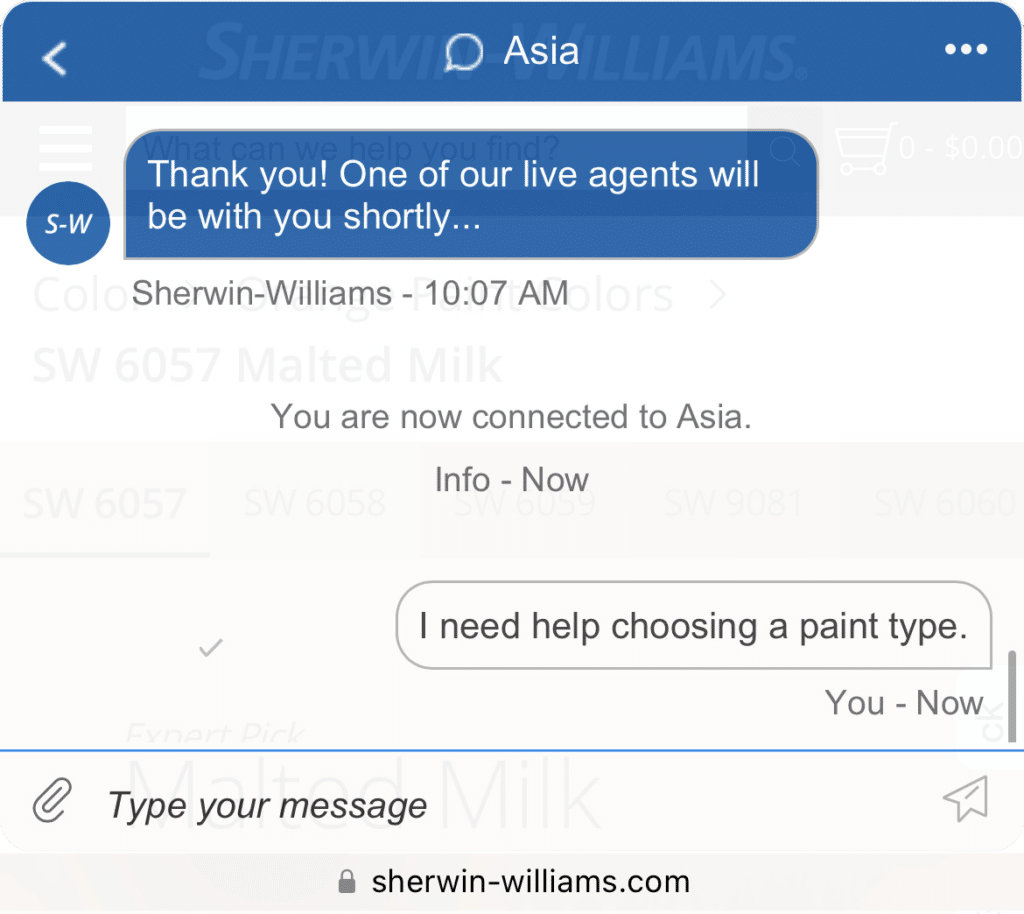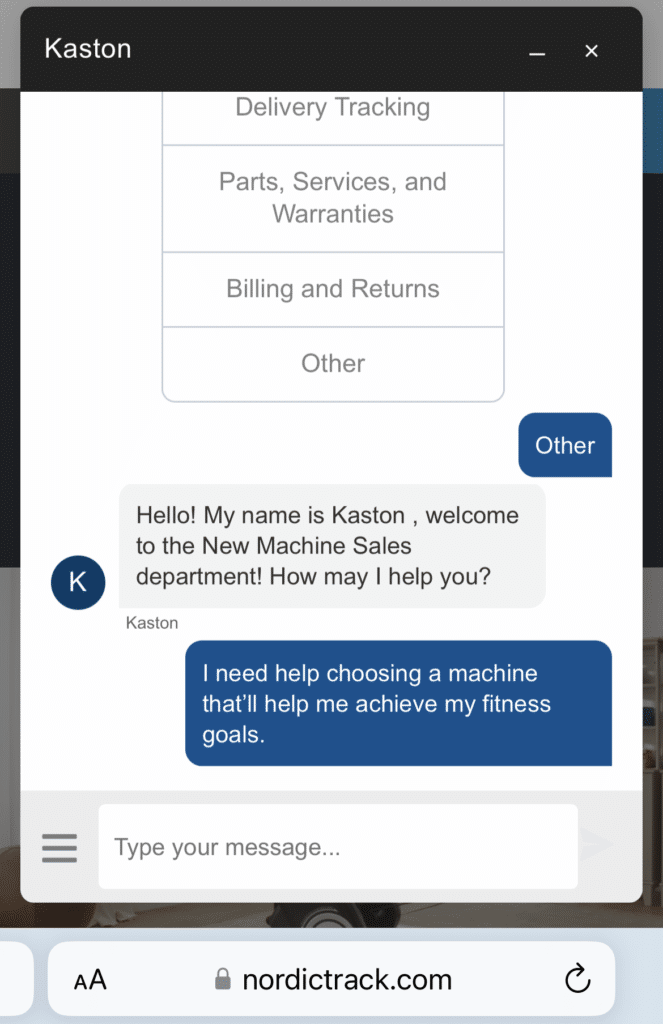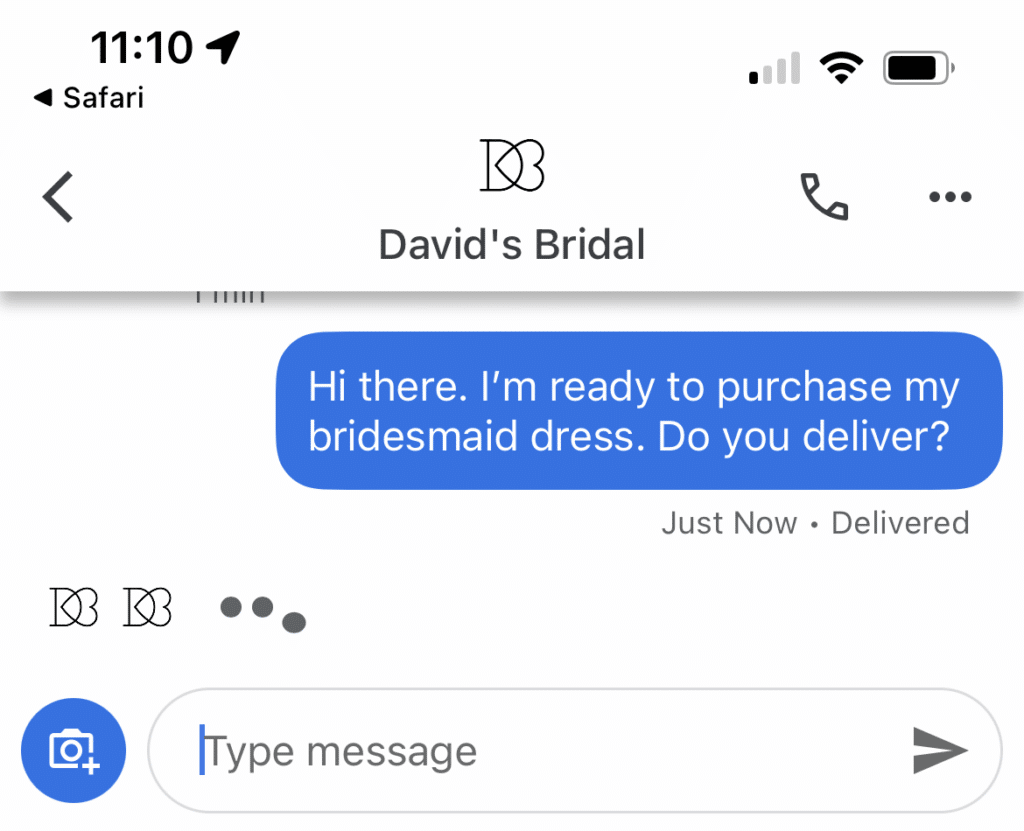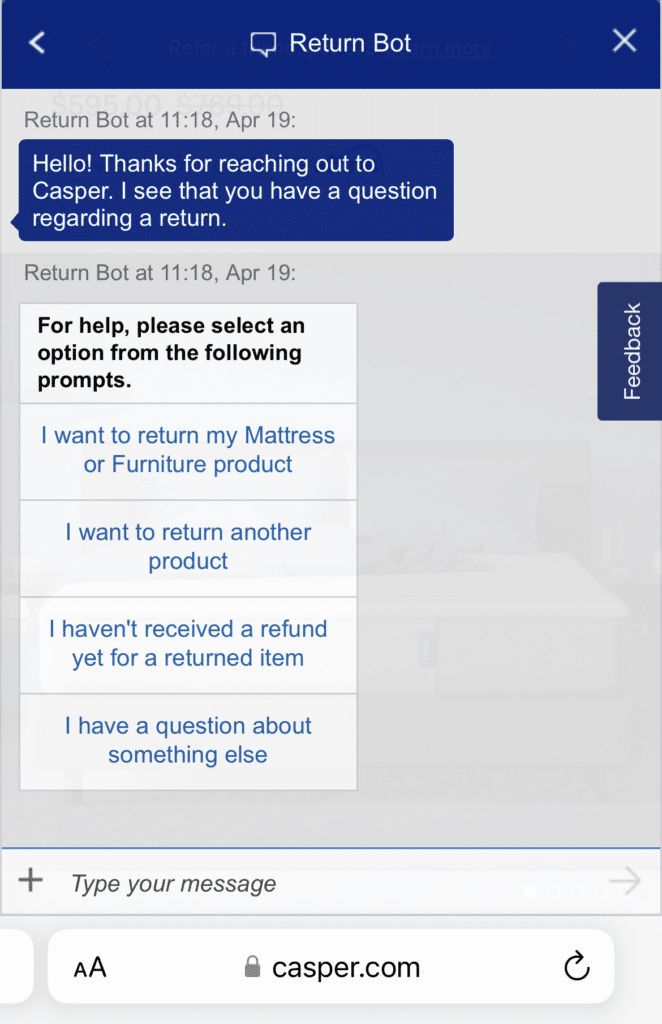Conversational Commerce: Connecting Brands to Consumers Throughout the Purchase Journey

How conversational commerce can empower your brand to break through the noise and connect with mobile-first consumers throughout the purchase journey
In the recent past, a couple of brands have dominated any given product or service category. Consumers shopping for soda chose Pepsi or Coke. Those shopping for makeup would pick CoverGirl or L’Oréal.
That’s no longer the case.
A walk down the grocery store aisles proves the fact that modern consumers are inundated with choices — not to mention the plentiful options available online.
Sure, having options is a good thing for consumers. But for brands, it’s becoming increasingly difficult to break through the noise to connect with and convert shoppers. This is especially true for brands that continue to rely on traditional marketing channels.
Increasingly, brands are opting to shift their focus to conversational commerce. Those who do are well-equipped to connect with on-the-go consumers wherever they are on the purchase journey.
What is Conversational Commerce?
Recently, there’s been a lot of buzz about conversational commerce, generative AI tools like ChatGPT, and the huge opportunities both offer to brands and retailers. But what exactly is conversational commerce?
Conversational commerce is the practice of engaging in conversations with customers in order to build relationships and drive sales.
Leveraging conversations to connect with consumers isn’t exactly a new concept. Rather, it’s a concept that’s as old as business itself. These conversations once happened primarily in person. But today, they’re happening through myriad digital channels, including:
- SMS
- Live chat
- Video chat
- Social media channels, including Facebook, Instagram, Twitter, Snapchat and TikTok
- Messaging channels, including WhatsApp and Google’s Business Messages

The brands that are most successful with conversational commerce are those that use a blend of automation and live person interaction to deliver great experiences, whenever and wherever a customer’s need arises.
For example, a brand can leverage artificial intelligence to answer simple questions or complete simple tasks – such as tracking a package or getting information on return policies.
The rise of ChatGPT and other generative AI tools is likely to take these automated interactions to the next level – especially when it comes to more complicated issues and inquiries.
Of course, there will always be instances when a customer will need to be transferred to a live agent. For example, a customer might need personalized recommendations for an upcoming home improvement project.
While consumers can browse and buy from any number of devices, the mobile phone has become their go-to. eMarketer predicts that retail mobile commerce will account for more than 43% of total retail eCommerce sales this year. As such, brands must be equipped to provide mobile-first conversational commerce experiences.
Why Does Conversational Commerce Matter?
Conversational commerce isn’t a passing fad. Rather, it’s a lasting trend you can’t afford to ignore.
Why?
Because increasingly, it’s THE way consumers want to interact with brands.
Consumers are no strangers to chat apps. Per an article in the Economist, four-fifths of consumers’ mobile time is spent on chat apps.
Sure, consumers use these apps to keep in touch with family and friends. But increasingly, they also use them to connect with brands.
Per an article for PC Magazine, 85% of mobile phone users prefer to connect with brands via messaging, rather than emails and calls. What’s more, according to Meta, 83% of consumers will message a business to ask about products or services; 75% will do so to make a purchase or reservation.
If you’re a brand looking to grow market share (especially among younger shoppers), you must get on board with conversational commerce. It’s no longer a question of if, but rather when.
Conversational Commerce Fuels Winning, Mobile-First Experiences Throughout the Purchase Journey
Great products and services are important. But increasingly, it’s experiences that make or break the sale. Per Salesforce, 88% of consumers feel the experience a company delivers is as important as its products or services.
Conversational commerce is a critical channel that can be used by many functional areas of the business (including marketing, sales, and service) to deliver winning experiences throughout the customer lifecycle. In future blogs, we’ll focus on how each of these functional areas can tap into conversational commerce to increase effectiveness.
For now, let’s take a closer look at how conversational commerce can have a big impact on each stage of the purchase journey.
1. Pre-purchase: Conversational Commerce Fuels Product Discovery and Eliminates Purchase Blockers

There’s no doubt your brand works hard to develop great eCommerce sites that help consumers make smart purchase decisions. But early in the purchase journey, a consumer might need extra guidance in exploring their product and service options.
Maybe a consumer is actively looking for a new piece of fitness equipment. But after reading several product descriptions, they’re just not sure which is the best option for their needs. So they reach out to the brand to get personalized recommendations and guidance.
Or, perhaps there’s a consumer who’s considering a piece of exercise equipment – but hasn’t yet started the research process. She scrolls through Facebook on her mobile device and sees an ad for an innovative new exercise bike. The call-to-action is to engage in a chat with the brand. She clicks on it to learn more about the machine.
Conversational commerce channels allow brands to connect with consumers early on in the purchase journey. If a brand provides excellent answers, advice, and recommendations, the consumer may continue on to the next stage of the purchase journey.
2. During Purchase: Boosting Conversion and Collecting First Party Data
The ultimate goal of conversational commerce is to drive sales.
If a customer has a great conversational experience with a brand and gets all their questions answered, they can opt to make a purchase directly in the conversation. This might involve purchasing an item which will be delivered to the consumers’ home. Or, it may involve buying an item, and then visiting a nearby store location to pick it up.
Of course, not every customer who engages in a conversation with a brand is ready to make a purchase. Brands can leverage conversational commerce as a means to collect first party data. With Salesforce Data Cloud, all customer data is connected from any app, device, or real-time stream. Then with Salesforce Genie, you can leverage this real-time data to fuel personalized offers and communications – delivered at just the right moment. Eventually, these personalized offers and communication may lead to a sale.

3. Post Purchase: Resolving Issues, Fostering Loyalty, and Boosting Lifetime Value
A customer has made a purchase. But that doesn’t mean the purchase journey is over.
Providing winning post-sale experiences is key to fostering strong, lasting relationships with customers. Conversational commerce channels are the ideal way to deliver such experiences.
After making a purchase, a customer might reach out via conversational commerce channels to get service. Perhaps they received a damaged product – or they need help initiating a return or exchange.
A customer might also reach out to ask questions about the product or service they purchased. In some cases, there may be an opportunity to cross-sell or upsell the customer.
For example, let’s say a customer purchases a car insurance policy. A couple weeks later, they have a question about the policy – so they reach out to the brand via a conversational commerce channel. The brand’s agent provides a quick answer to the question. The customer mentions their RV, and the agent checks the customer’s record and sees the customer doesn’t have a policy for this vehicle. The agent shares details about the company’s best-selling RV insurance product, and the customer decides to purchase it.
Providing excellent post-sale experiences via conversational commerce boosts customer satisfaction. Happy, satisfied customers are likely to make repeat purchases and tell their family and friends about their great experiences.

Tapping into Store Associates with Conversational Commerce
Up to this point, we’ve focused primarily on how brands can leverage conversational commerce to engage online shoppers. But it’s important to remember that brick-and-mortar stores are thriving. In fact, in-store browsing and buying is particularly prevalent when shopping for high consideration items – think luxury jewelry, furniture, or large appliances.
What’s more, those who work in those brick-and-mortar locations are truly experts in their product and service offerings.
Conversational commerce empowers each store associate to deliver winning experiences to each shopper. Store associates are equipped with iPads powered by Salesforce and 1440, which allows them to confidently provide great service and recommendations throughout the purchase journey.
In a future blog, we’ll explore this concept in greater detail.
Start Delivering Winning Experiences Throughout the Customer Lifecycle with Conversational Commerce
Modern brands face more competition than ever before. At the same time, consumers’ expectations for great experiences have never been higher.
Brands must be equipped to deliver winning experiences throughout the purchase journey. Conversational commerce is a key channel for delivering mobile-first experiences that attract, convert, and retain customers.
Stay tuned as we explore how key functional areas can tap into conversational commerce to drive better outcomes. And in the meantime, reach if you’re interested in seeing firsthand how 1440 can empower your brand to effectively manage conversations from any channel and any device – without leaving Salesforce.